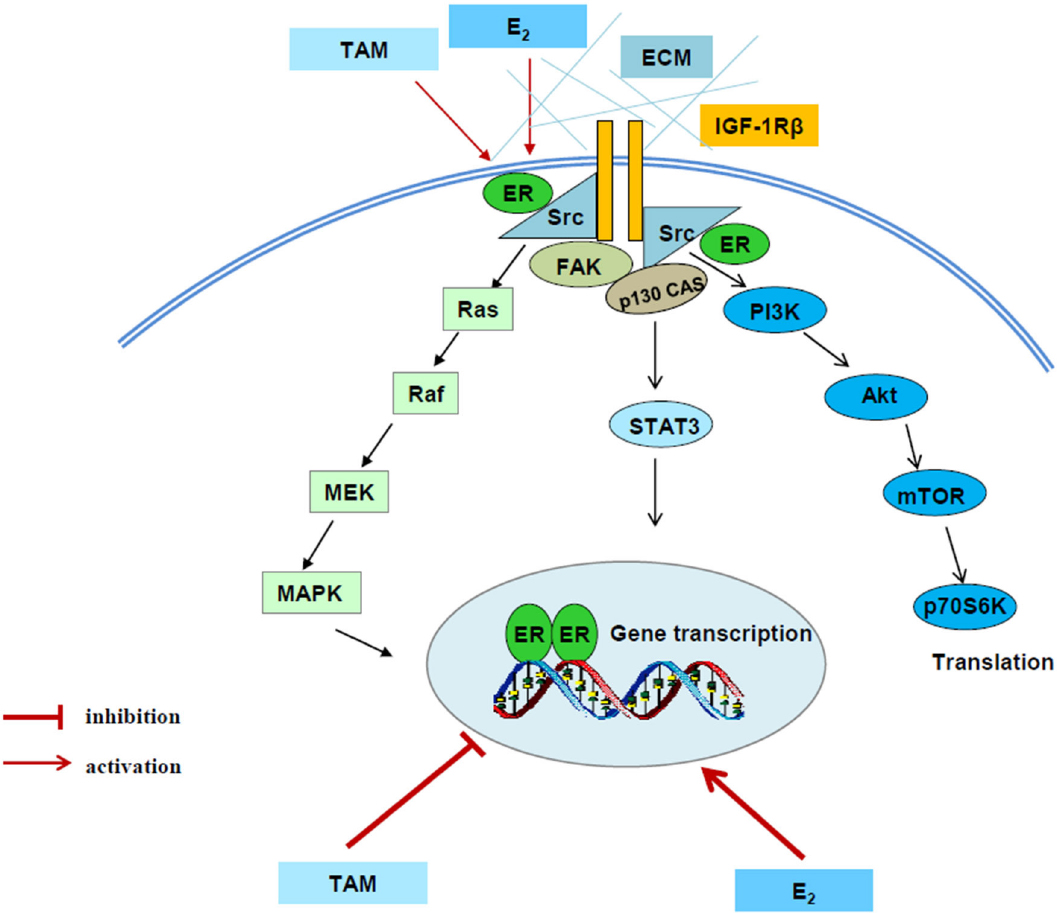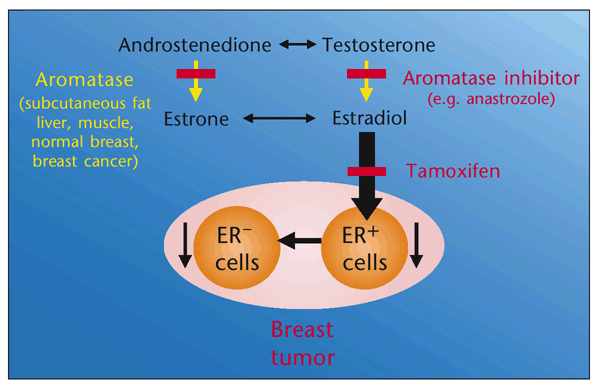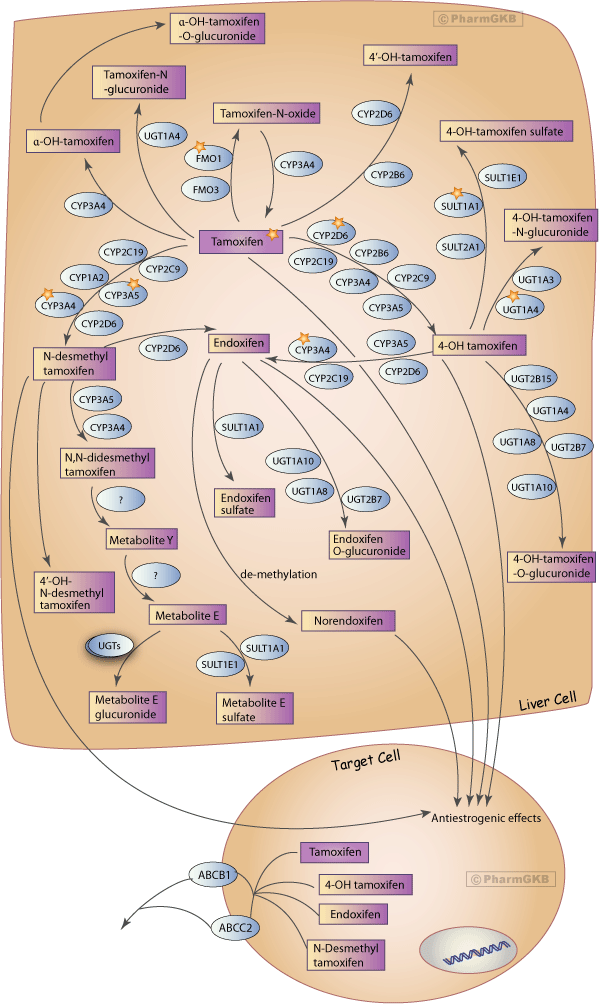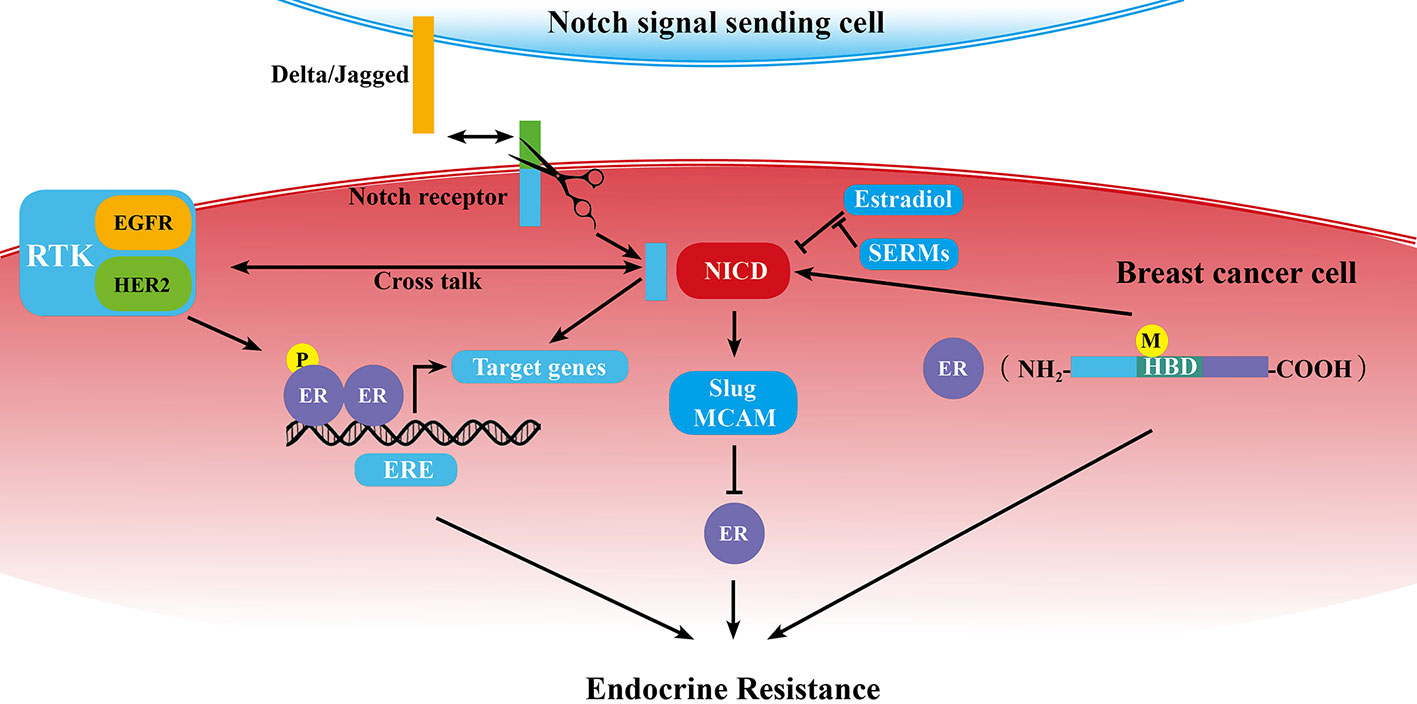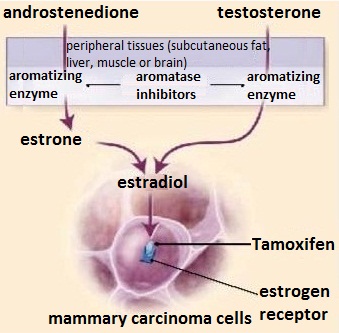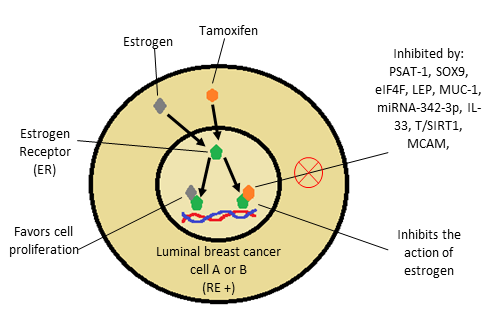
Genes and proteins associated with chemotherapeutic resistance in breast cancer | Clinical Oncology and Research | Science Repository | Open Access
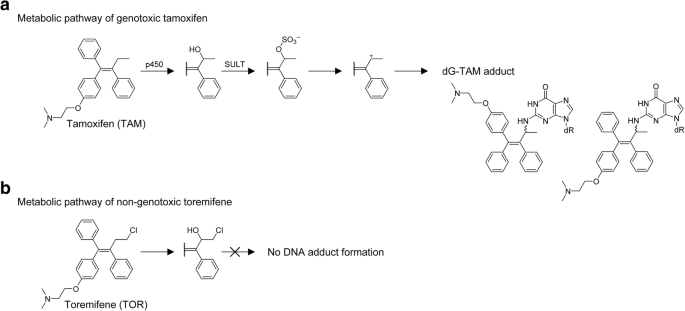
Development of novel and safer anti-breast cancer agents, SS1020 and SS5020, based on a fundamental carcinogenic research | Genes and Environment | Full Text
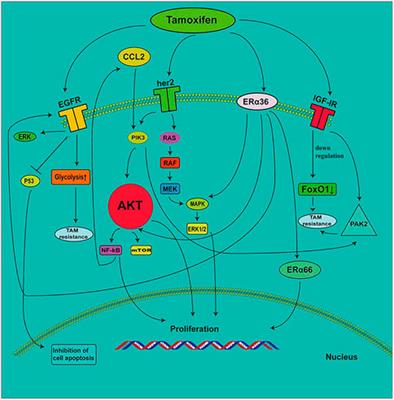
Frontiers | Progress in the Understanding of the Mechanism of Tamoxifen Resistance in Breast Cancer | Pharmacology

Adjuvant chemotherapy and timing of tamoxifen in postmenopausal patients with endocrine-responsive, node-positive breast cancer: a phase 3, open-label, randomised controlled trial - The Lancet

Mitochondrial fragmentation, elevated mitochondrial superoxide and respiratory supercomplexes disassembly is connected with the tamoxifen-resistant phenotype of breast cancer cells - ScienceDirect

Structural and Molecular Mechanisms of Cytokine-Mediated Endocrine Resistance in Human Breast Cancer Cells - ScienceDirect
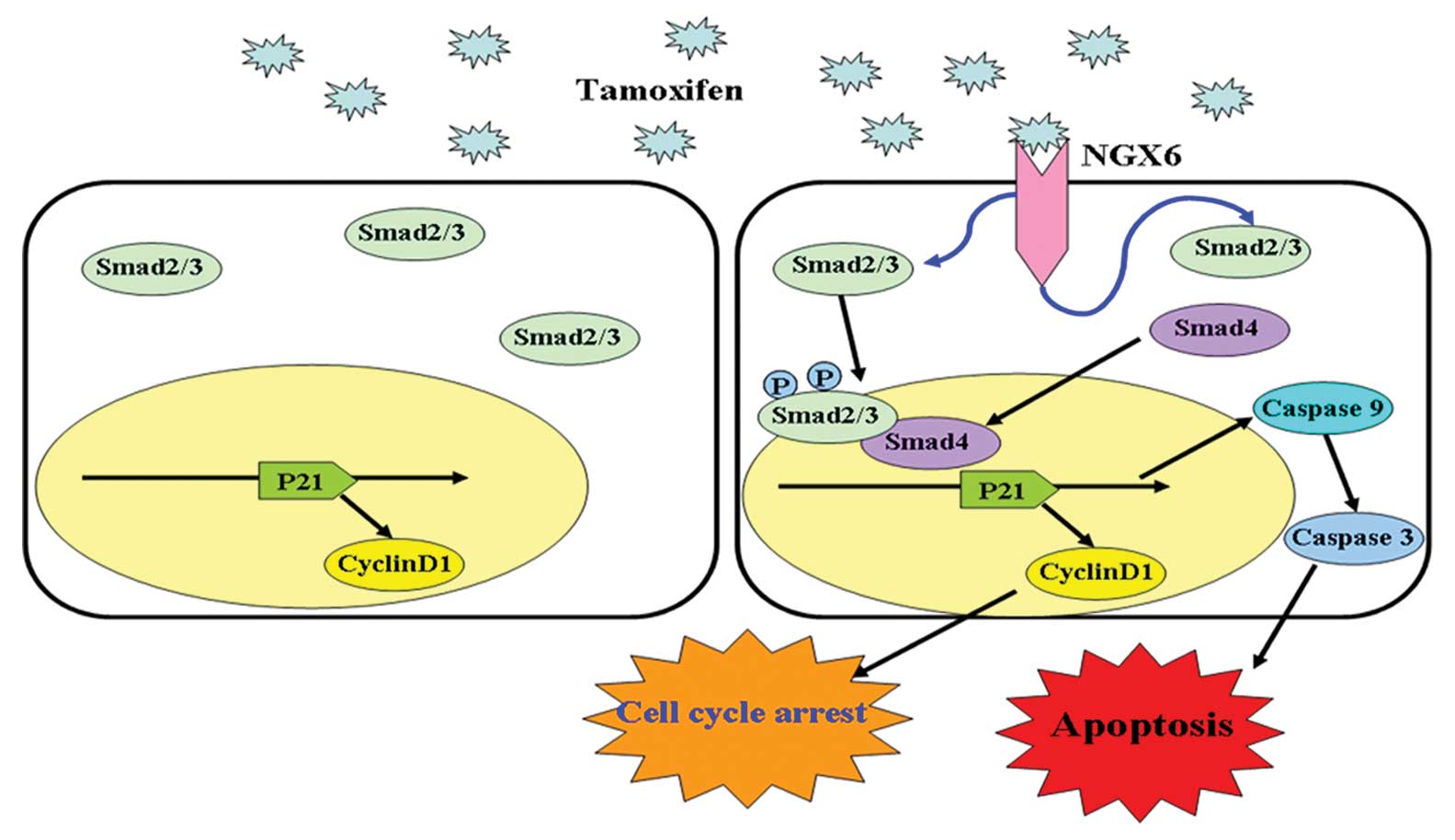
NGX6 expression improves the sensitivity of tamoxifen-resistant MCF-7 cells through modulation of the Smad signaling pathway

Figure 1. Signaling pathways and tamoxifen resistance : Tamoxifen-resistant Breast Cancer: Causes of resistance and Possible Management : Science and Education Publishing

The tamoxifen pathway and possible mechanisms of endocrine resistance... | Download Scientific Diagram

Unraveling the Mechanisms of Endocrine Resistance in Breast Cancer: New Therapeutic Opportunities | Clinical Cancer Research

Mechanisms associated with resistance to tamoxifen in estrogen receptor-positive breast cancer (review). | Semantic Scholar

Tamoxifen and its active metabolites inhibit dopamine transporter function independently of the estrogen receptors - Mikelman - 2017 - Journal of Neurochemistry - Wiley Online Library

Anastrozole versus tamoxifen for the prevention of locoregional and contralateral breast cancer in postmenopausal women with locally excised ductal carcinoma in situ (IBIS-II DCIS): a double-blind, randomised controlled trial - The Lancet

Combining trastuzumab (Herceptin®) with hormonal therapy in breast cancer: what can be expected and why? - Annals of Oncology



